10 Things to Save From Your Child’s Early Years (And What to Toss)
Cherished childhood mementos can hold a world of memories, but it’s easy to get overwhelmed by what to keep and what to let go. With so many adorable outfits, colorful artwork, and sentimental gifts, deciding what deserves a place in your keepsake box can be challenging. This guide highlights ten meaningful items worth saving from your child’s early years—plus a few things you can feel good about tossing—to help you curate a collection that truly tells your child’s story.
1. Hospital Bracelet and Birth Announcement
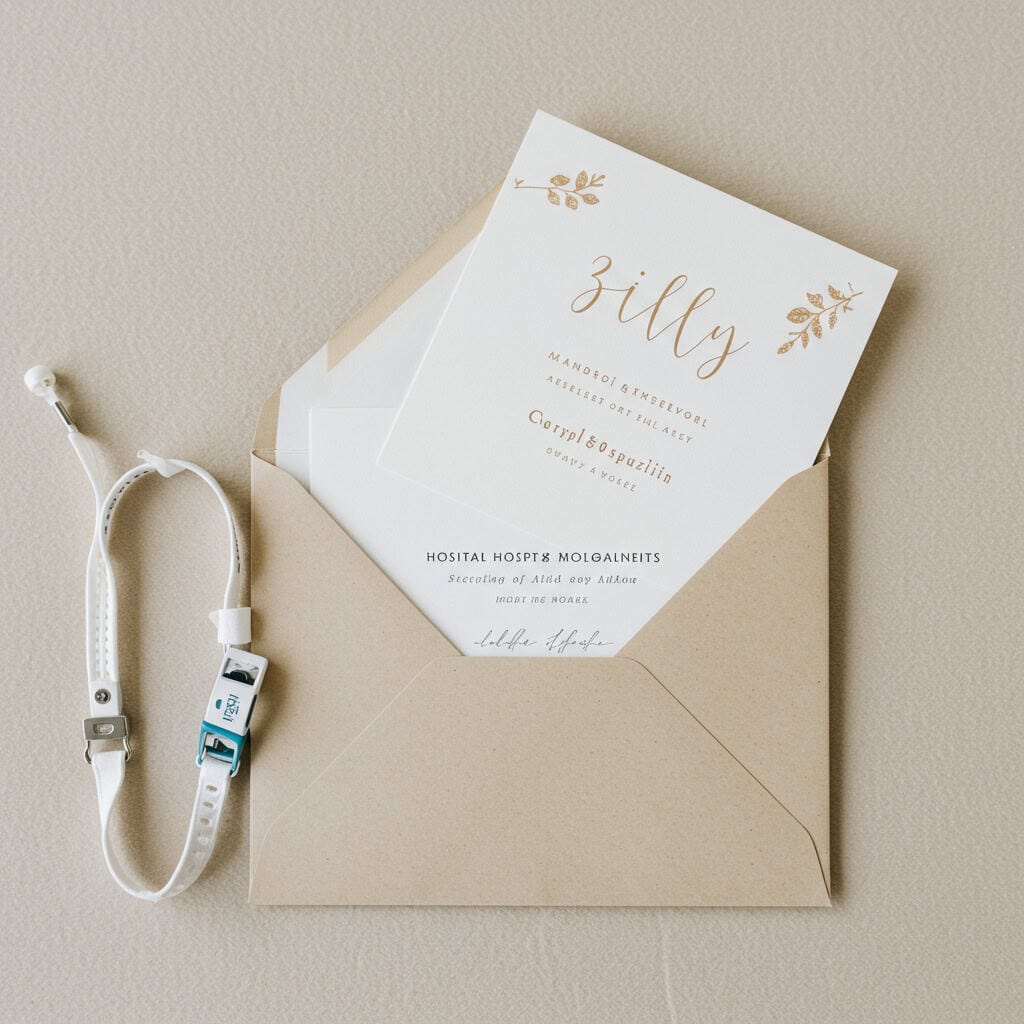
The hospital bracelet and birth announcement are tangible reminders of your child’s first moments. These keepsakes often become family treasures, capturing the excitement and details of a birth. Store them in an acid-free envelope to preserve their condition over the years. Professional archivists recommend saving such personal artifacts for their historical and emotional value.
2. First Outfit or Special Clothing
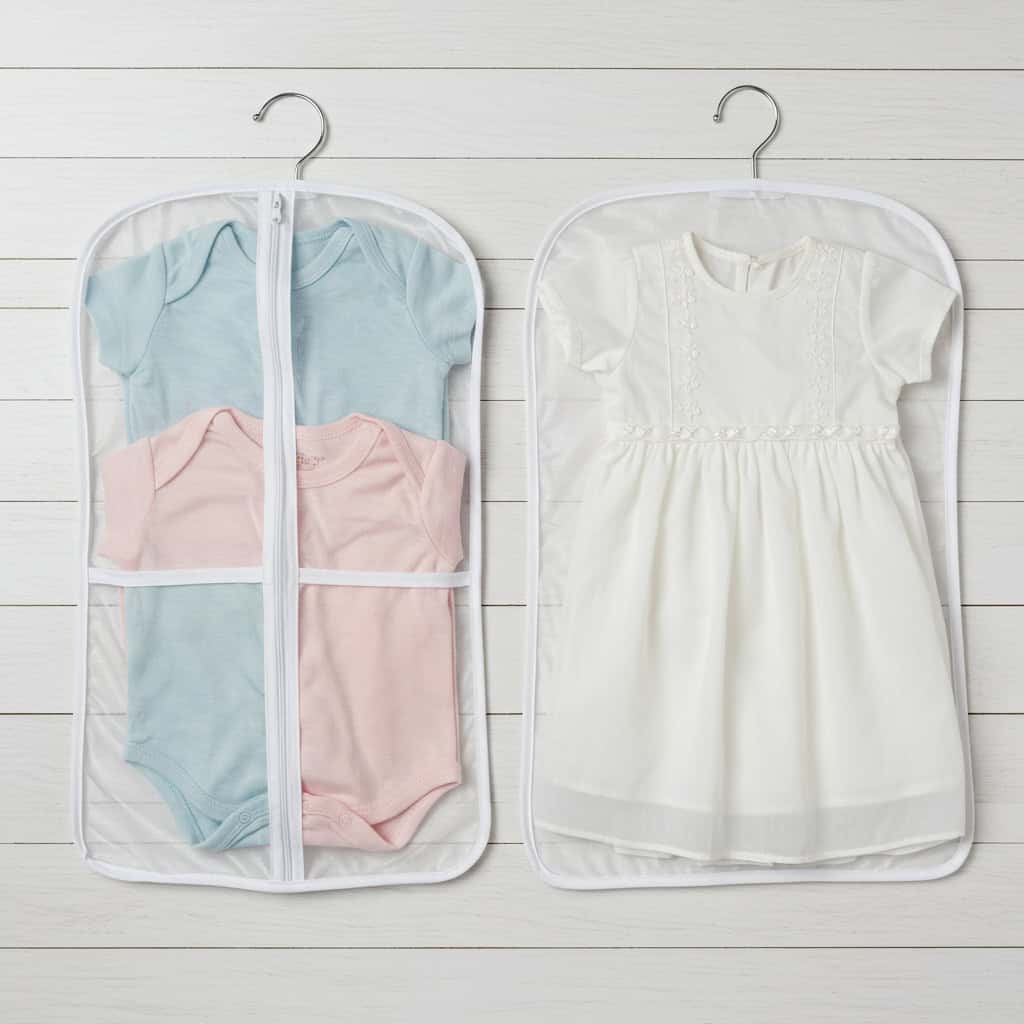
Saving your child’s first outfit—or a particularly meaningful piece, like a christening gown or holiday dress—captures a moment in time. Instead of holding onto every item, select just one or two garments that represent significant milestones. This approach preserves memories without creating clutter. To prevent yellowing and fabric deterioration, use breathable garment bags and follow recommended storage methods.
3. A Favorite Toy or Lovey
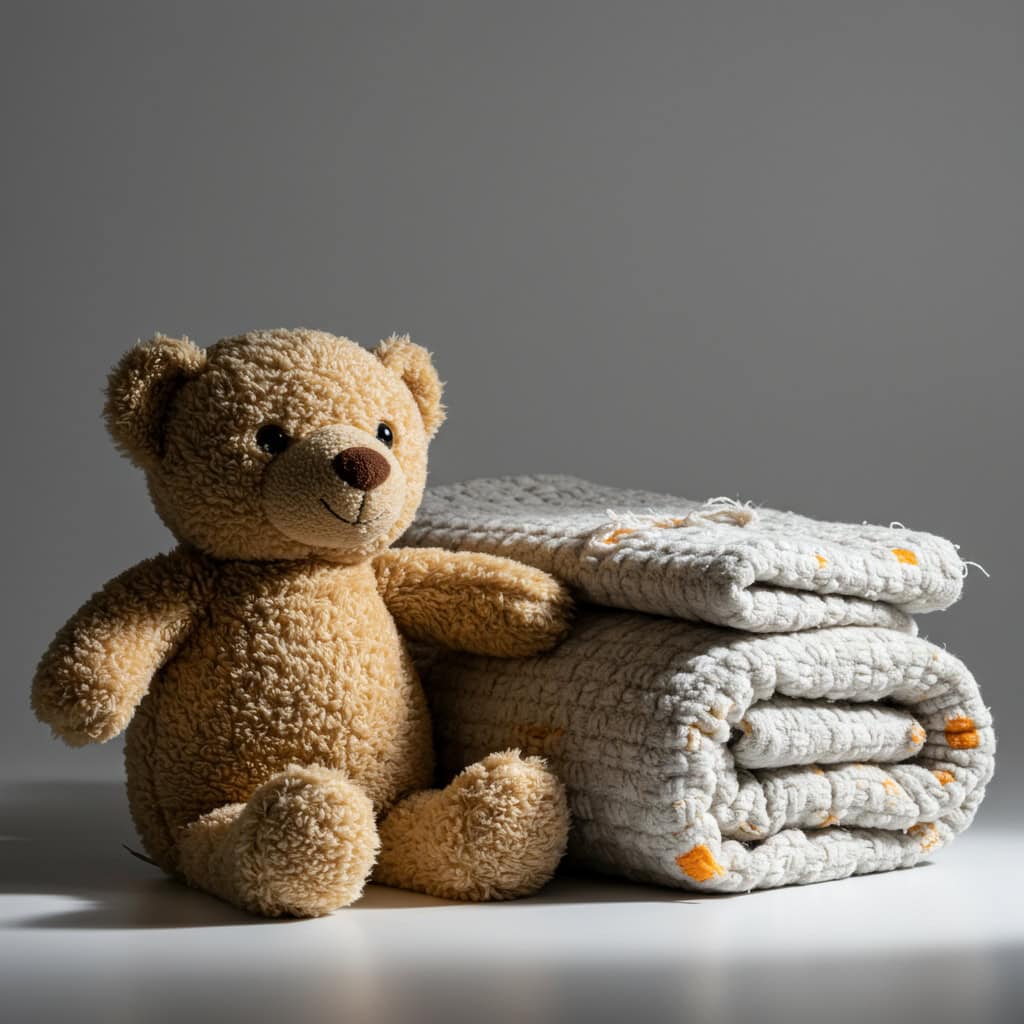
A beloved stuffed animal or well-worn blanket often holds immense sentimental value. These cherished items can provide comfort and nostalgia well into adulthood. Experts recommend saving just one favorite toy, rather than the entire toy box, to keep your collection meaningful and manageable. Before putting away plush toys, ensure they are clean and dry to prevent dust and damage.
4. Handprints or Footprints
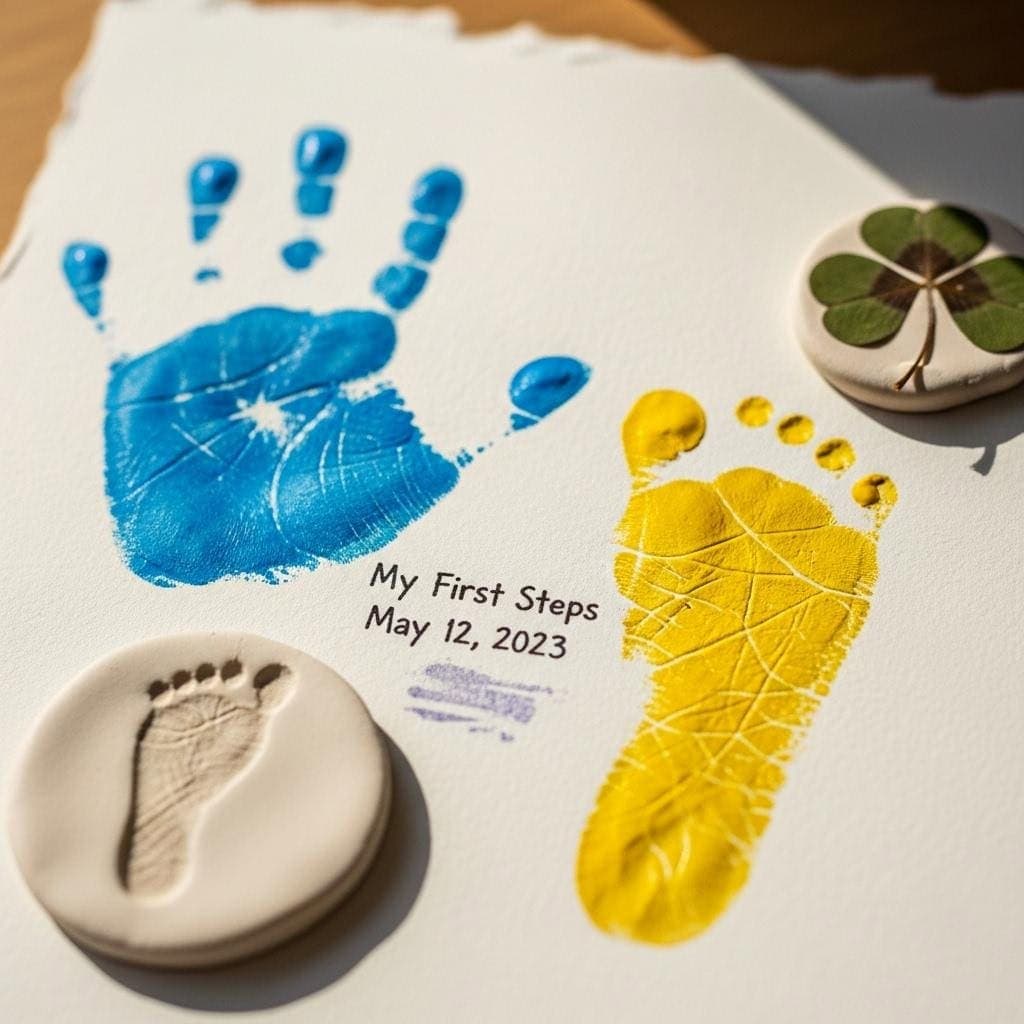
Handprint or footprint art captures the tiny size of your child in a way that photos simply cannot. Whether created with ink, paint, or clay, these keepsakes are unique and personal markers of growth. To ensure longevity, choose high-quality, acid-free materials that help prevent fading and deterioration.
5. First Artwork
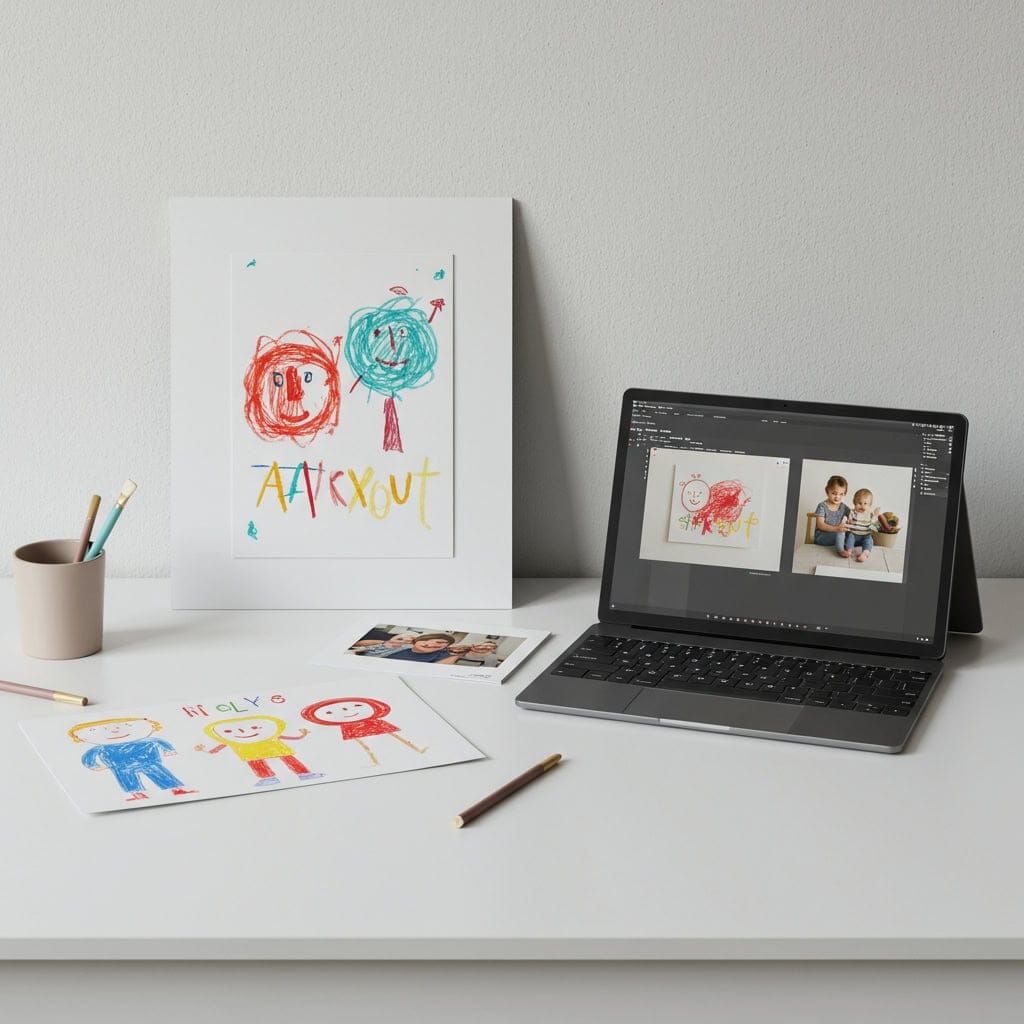
Your child’s first drawing or painting is a window into their developing creativity. Instead of keeping every scribble, save select pieces that reflect milestones or special memories. This approach makes your collection more meaningful and manageable. For extra space-saving, consider digitizing artwork by scanning or photographing each piece, ensuring you can revisit those memories anytime.
6. Letters to or from Your Child
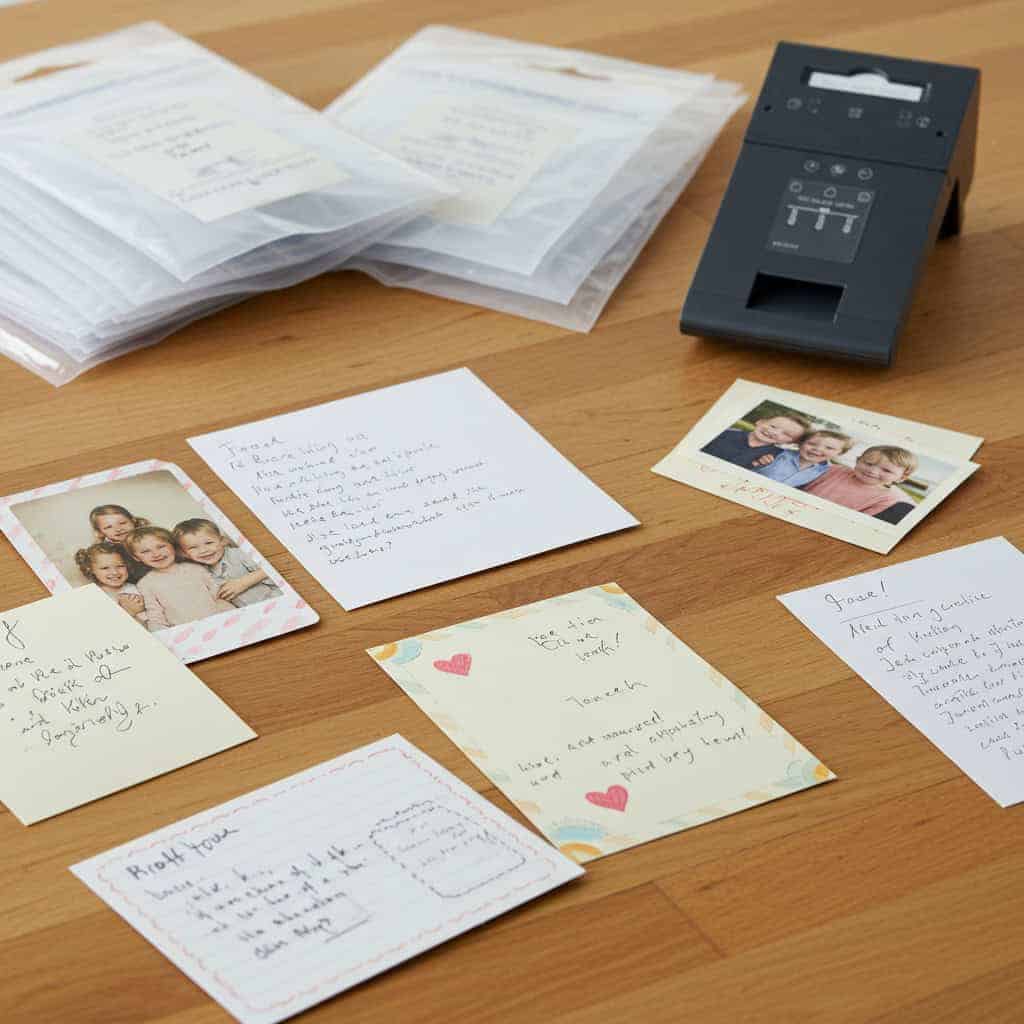
Personal notes, birthday cards, or letters exchanged with your child can become priceless mementos over time. These writings beautifully capture emotions, milestones, and the evolving bond in your relationship. To ensure they last, store them in archival sleeves or consider scanning them for digital backup and long-term preservation.
7. First School or Daycare Report

A first school or daycare report provides a unique glimpse into your child’s early learning journey and budding personality. Instead of saving every report, choose one or two standout examples from each stage to highlight progress and memorable moments. These selected reports serve as meaningful snapshots of growth and development.
8. Special Occasion Cards or Invitations

Birthdays, baptisms, and other special events often come with memorable cards and invitations. Select a few from significant milestones to keep as reminders of the celebrations and the support of family and friends. Store these cherished items in labeled envelopes or incorporate them into scrapbook pages for easy access and preservation.
9. Milestone Photos

Select milestone photos—like your child’s first birthday, first steps, or first day of school—as visual records of their growth and development. Instead of keeping every snapshot, curate a handful of the most meaningful images for a physical photo album or display them in a digital frame. To ensure these cherished memories last, create high-quality digital backups and store originals properly.
10. A Personal Journal or Memory Book
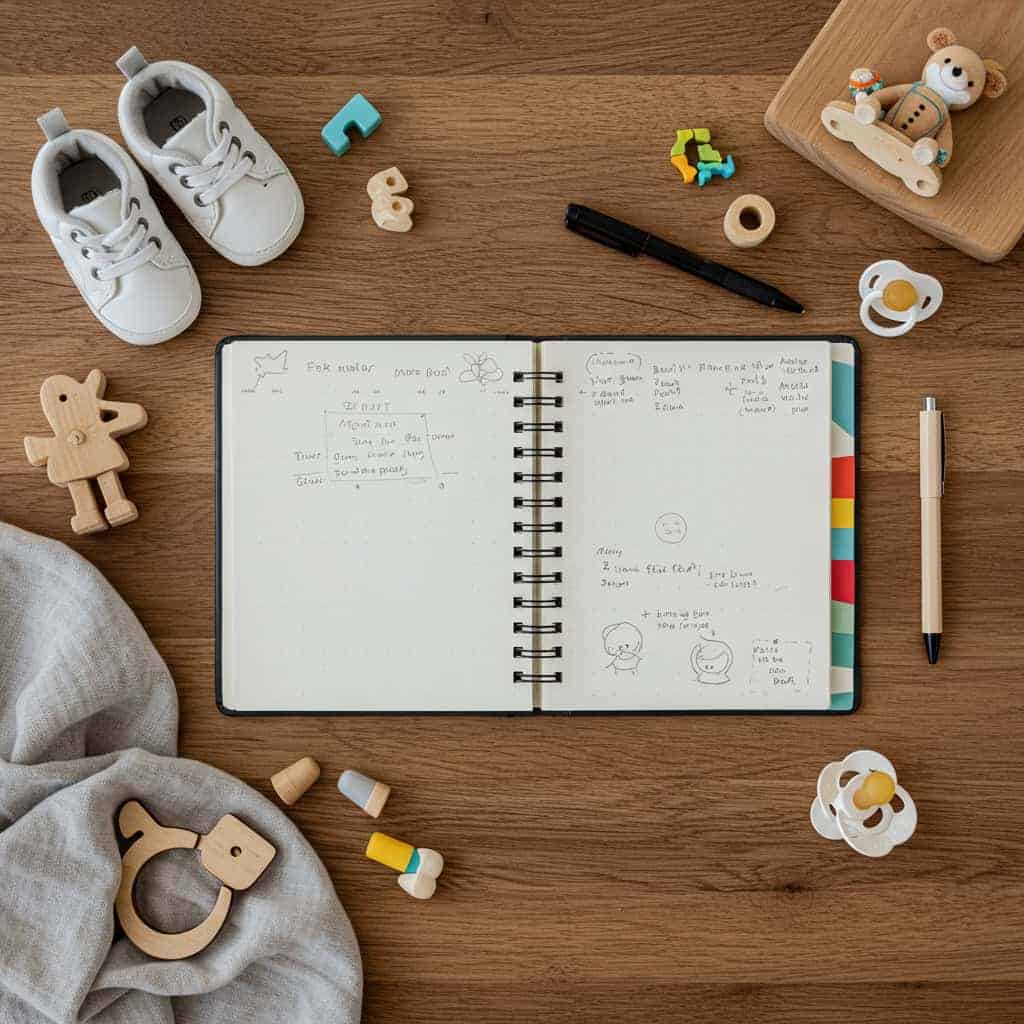
Keeping a journal or memory book filled with notes about your child’s early years adds meaningful context to other keepsakes. Document milestones, funny quotes, and special memories as they happen. Over time, these books become treasured family heirlooms, providing a narrative that tells your child’s story through your unique perspective.
Conclusion
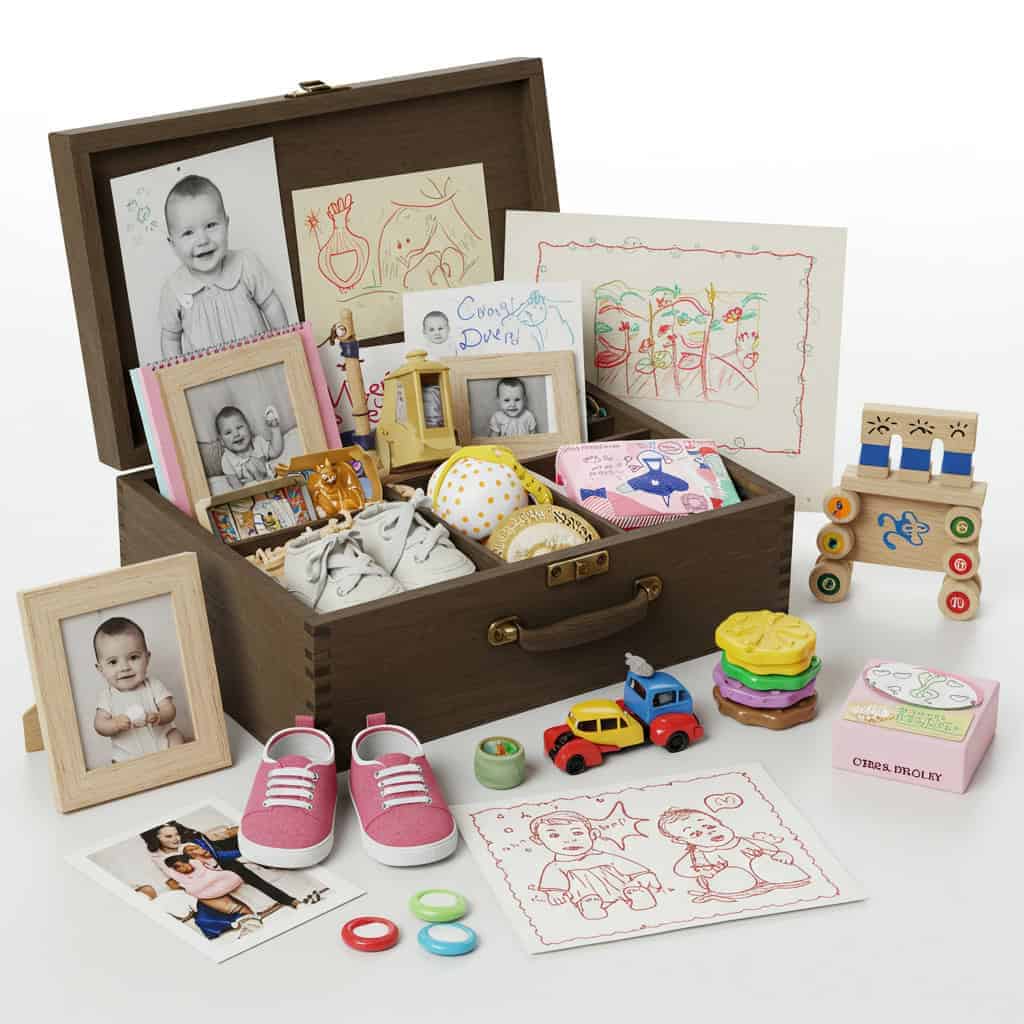
Saving carefully selected keepsakes from your child’s early years ensures a meaningful collection that’s easy to revisit and share. Letting go of excess relieves clutter while preserving the most precious memories. Thoughtful curation allows you to honor the past and make room for new experiences, creating a legacy your family will cherish for years to come.
.article-content-img img { width: 100% }




